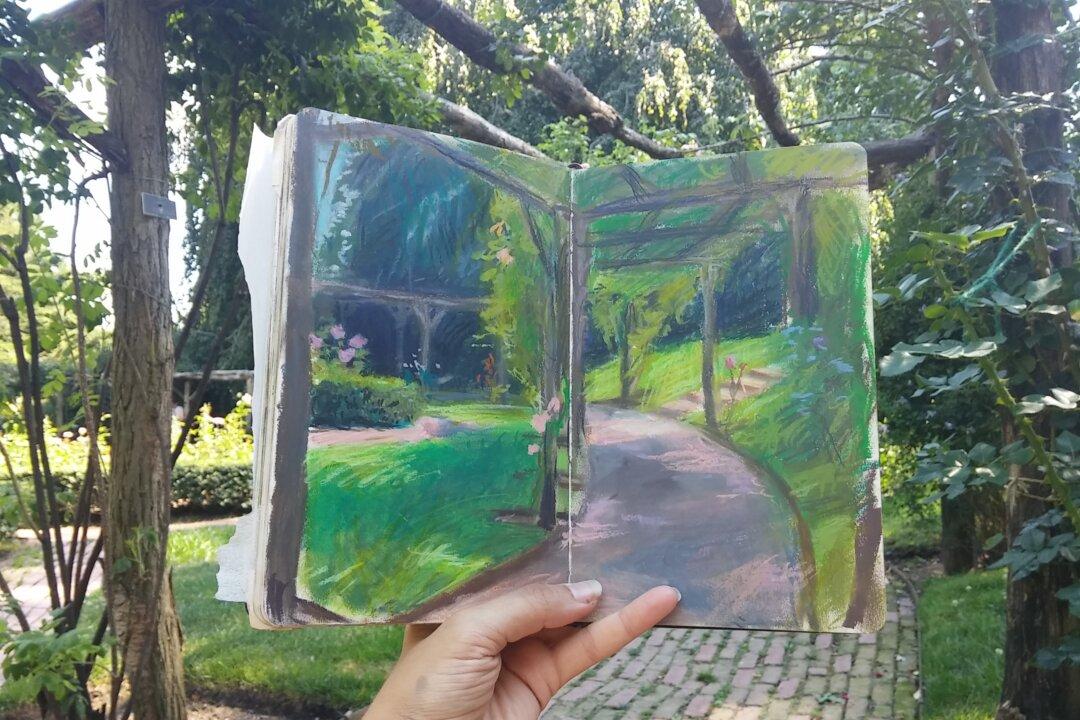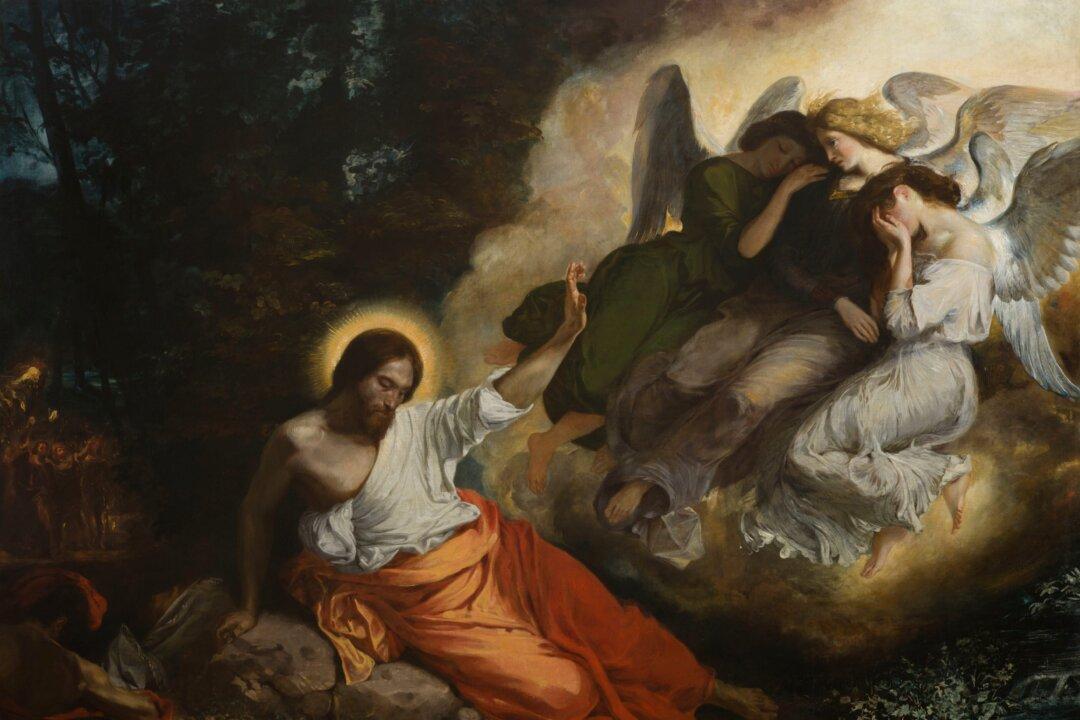These are just a couple of examples of how Sugarlift is increasing its visibility, connecting emerging collectors with artists, nourishing a community of artists, and connecting this community with the general public.
The Epoch Times had a chance to talk to Wright Harvey, the founder of Sugarlist, on Jan. 28, 2019.The Epoch Times: How is Sugarlift different from a regular art gallery? Wright Harvey: We have experimented with different models in person, online, experiential, art focused, client focused.
[Those models have taken different forms, whether it was in Sugarlift’s former gallery in Bushwick, Brooklyn, or their new space in Long Island City, or at art fairs, or impromptu pop-up events, or their new, augmented, reality application designed to help clients visualize a potential work of art in their own spaces.]
But the idea of Sugarlift has never changed, and that is to cultivate new collectors outside of the traditional collector market, and to allow more artists to be full-time and have sustainable careers.
Technology has changed pretty much any business model across the board. The art market is still sort of clinging to the upper end of the market—auction houses and brick-and-mortar galleries. But at the same time, technology is really changing our market substantially.
The Epoch Times: What are some of those changes? Mr. Harvey: As the art market goes online, artists can now communicate directly with their audience. Whereas in the past, the gallery, the dealer, or the auction house was doing the branding, the marketing, and making the sales for the artists. Now we have, for example, Nicholas Sanchez, who has a quarter of a million Instagram followers he communicates with daily. It changes the role of the galleries and at the same time opens up potential new people entering the market as collectors.






